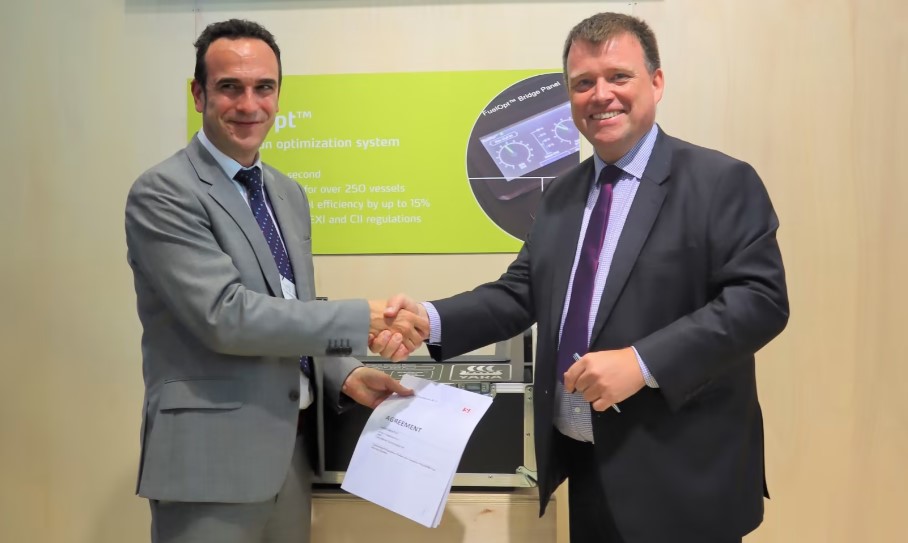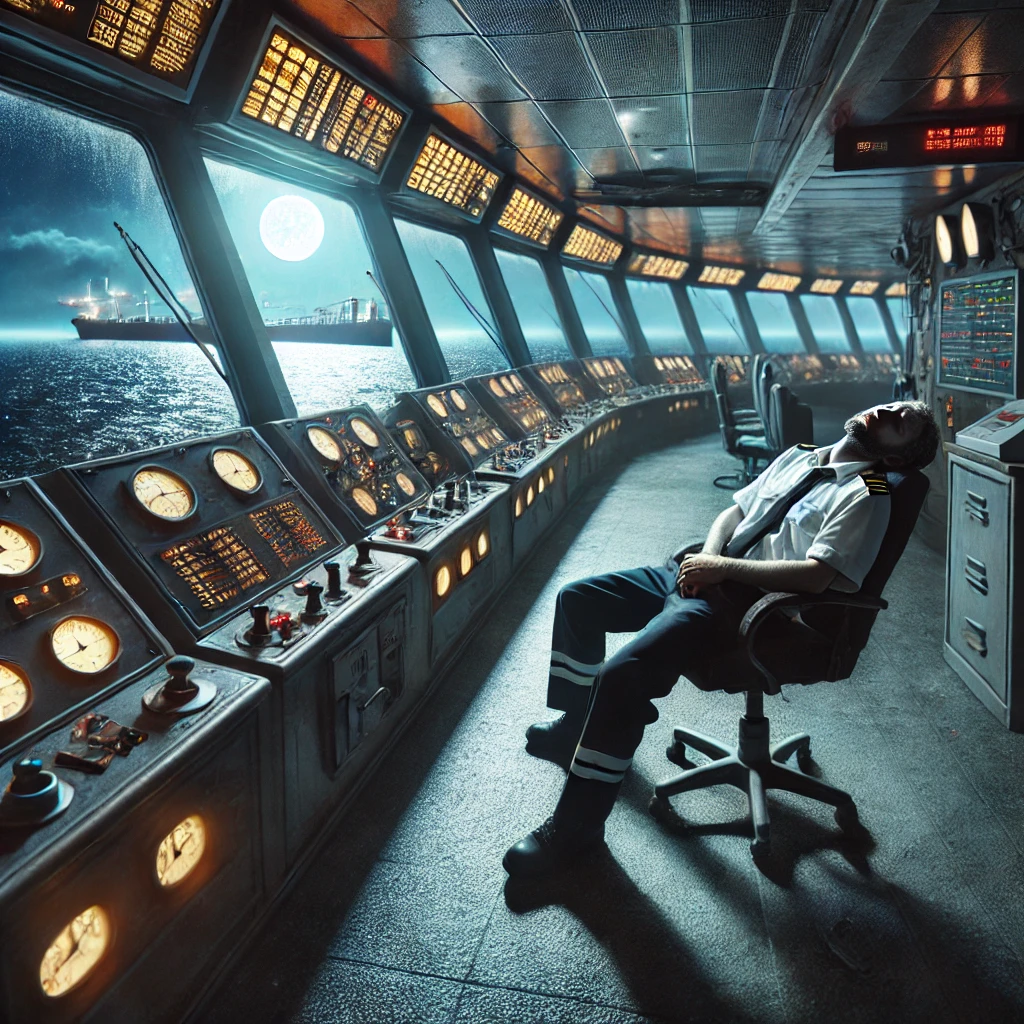Norwegian tanker operator Stolt Tankers and compatriot technology company Yara Marine Technologies have signed an agreement to equip a further seven tankers with Yara Marine’s FuelOpt propulsion optimisation technology.

The agreement was signed at SMM in Hamburg, Germany on 7 September 2022.
This new order follows the installation and evaluation of FuelOpt on board the Stolt Breland in early 2022.
Operating the largest fleet of chemical tankers in the world, Stolt Tankers is looking to prioritize voyage efficiency solutions that support emissions reductions. Having successfully trialed Yara Marine’s FuelOpt system and recorded distinct fuel savings and emissions reductions, the company intends to implement the system across a larger percentage of its fleet.
“This collaboration represents a new step towards our carbon reduction goals. We want to be ahead of the timeline and reach our ambition, and the best way to do so with an extensive fleet like ours is to maximize fuel savings and minimize emissions,” Jose Gonzalez Celis, Energy and Conservation Manager at Stolt Tankers, said.
“Shipping needs practical and cost-effective solutions that demonstrate tangible results, and I am pleased to say that our agreement with Yara Marine Technologies has ensured that we are making real progress towards greater fuel efficiency without compromising operational efficacy. We look forward to working together and collaborating on further solutions for our fleet.”
As explained, FuelOpt maximizes fuel savings through energy efficiency and is compatible with any marine fuel, which supports Stolt Tankers’ goal of having a fuel-flexible fleet. The system allows customers to use all existing fuels while future-proofing for possible new fuels. FuelOpt is also compatible with any propeller or engine, and can be installed on older vessels or newbuilds.
“We are proud to support Stolt Tankers with technology solutions that meet their immediate needs, while also allowing for additional enhancements further down the road to Net Zero. Increased fuel efficiency already plays a key role in cost-effective operations, and will no doubt continue to be a vital part of dealing with the expense of future fuels and upcoming regulations,” Aleksander Askeland, Chief Sales Officer at Yara Marine Technologies, commented.
Stolt Tankers Stolt Tankers operates a fleet of 160 chemical tankers, providing global transportation services for bulk liquid chemicals, edible oils, acids, and clean petroleum products.
Source: https://www.offshore-energy.biz/stolt-tankers-chooses-yaras-propulsion-optimisation-tech-for-7-more-ships/












